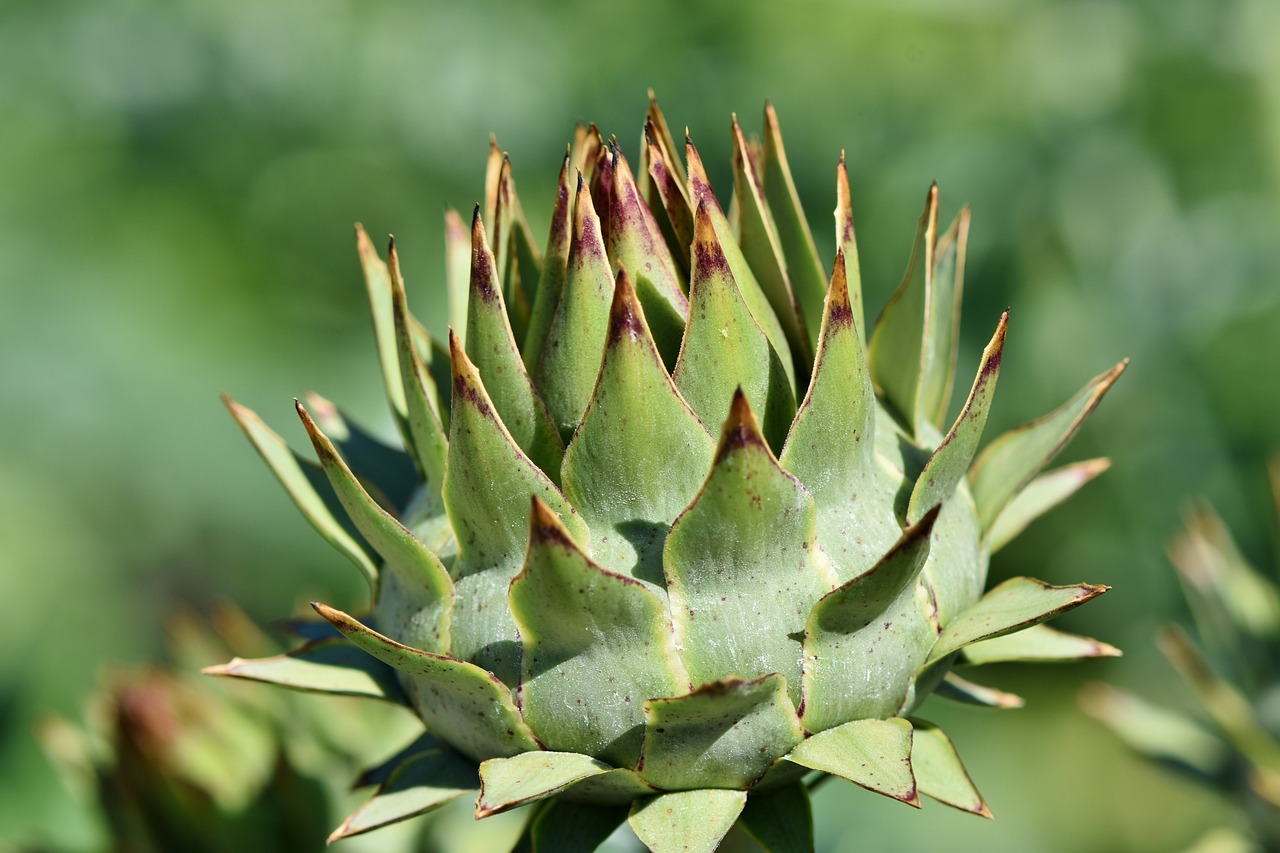The Global Spice Trade: A Journey Through Exotic Flavors
Spices have a rich and fascinating history, dating back thousands of years. The spice trade can be traced back to ancient civilizations such as Egypt, where spices like cinnamon and cumin were highly valued for their culinary and preservative qualities. As trade routes expanded and exploration increased, spices began to be traded across continents, shaping the global economy and influencing cultures around the world.
One of the most significant developments in the history of the spice trade was the opening of the Spice Road, a network of trade routes that connected Europe, Asia, and Africa. This facilitated the exchange of spices like pepper, cloves, and nutmeg, creating a lucrative market that drove exploration and colonization efforts. The demand for spices was so high that they were often used as currency, leading to the rise of powerful empires and the establishment of trading posts in strategic locations.
• The Spice Road connected Europe, Asia, and Africa
• Pepper, cloves, and nutmeg were among the most traded spices
• Spices were highly valued and sometimes used as currency in trade transactions
The spice trade not only influenced economics but also had a significant impact on cultural exchange. As spices traveled along trade routes, they brought new flavors and cooking techniques to different regions of the world. This led to the fusion of culinary traditions and the creation of unique dishes that are still enjoyed today. Spices also played a role in religious rituals, traditional medicine practices, and even social status symbols.
• Spices introduced new flavors and cooking techniques worldwide
• Culinary traditions fused together creating unique dishes
• Spices used in religious rituals, traditional medicine practices, and as social status symbols
Despite its historical significance, the spice trade faced challenges such as competition between trading powers, piracy along sea routes, and changing consumer preferences. The discovery of new lands like the Americas further expanded the variety of available spices while introducing new challenges for traders. However, despite these obstacles, the demand for spices remained strong throughout history due to their valuable properties.
• Competition between trading powers impacted spice trade
• Piracy was a threat to ships carrying valuable spice cargo
• Discovery of Americas increased variety of available spices
Popular Spices and Their Origins
From the aromatic cinnamon of Sri Lanka to the fiery chili peppers of Mexico, the world of spices is a vibrant tapestry woven from various cultures and climates. Saffron, known as “red gold,” originates from the fields of Iran and is prized for its distinct flavor and vibrant color. Meanwhile, cloves, with their warm and pungent aroma, have their roots in the tropical islands of Indonesia.
The tangy taste of black pepper traces back to the lush plantations of India, where it has been cultivated for thousands of years. Turmeric, hailed for its earthy flavor and vibrant hue, comes from the tropical regions of South Asia, particularly India and Sri Lanka. Each spice carries with it a rich history of trade, cultural exchange, and culinary innovation, making them essential ingredients in kitchens worldwide.
Impact of Spice Trade on Global Economy
As the spice trade expanded across continents, its impact on the global economy became undeniable. The demand for exotic spices drove explorers to brave uncharted territories, leading to the establishment of new trade routes and the rise of powerful empires. This surge in international trade not only enriched nations but also laid the foundation for economic globalization as we know it today.
The economic significance of the spice trade extended beyond monetary gains. It sparked competition among nations to dominate key spice-producing regions, resulting in conflicts that shaped the course of history. The influx of wealth from the spice trade fueled advancements in technology, navigation, and infrastructure, setting the stage for further economic growth and development on a global scale.
How did the spice trade impact the global economy?
The spice trade played a significant role in shaping the global economy by fostering international trade, driving exploration and colonization, and creating new markets for luxury goods.
What were some of the popular spices traded during the spice trade?
Some popular spices traded during the spice trade included pepper, cinnamon, cloves, nutmeg, and ginger, which were highly sought after for their exotic flavors and medicinal properties.
Where did these spices originate from?
These spices originated from various regions around the world, including Southeast Asia, India, the Middle East, and the Spice Islands (Moluccas), with each region specializing in the cultivation and trade of specific spices.
How did the spice trade impact the economies of the regions involved?
The spice trade brought immense wealth to the regions involved, such as India, Indonesia, and Portugal, by stimulating trade, promoting cultural exchange, and fueling economic growth through the establishment of lucrative spice monopolies.
What were some of the consequences of the spice trade on global economy?
The consequences of the spice trade on the global economy included the rise of colonial empires, the development of new trade routes, the spread of European influence in Asia, and the integration of different cultures through the exchange of goods and ideas.







